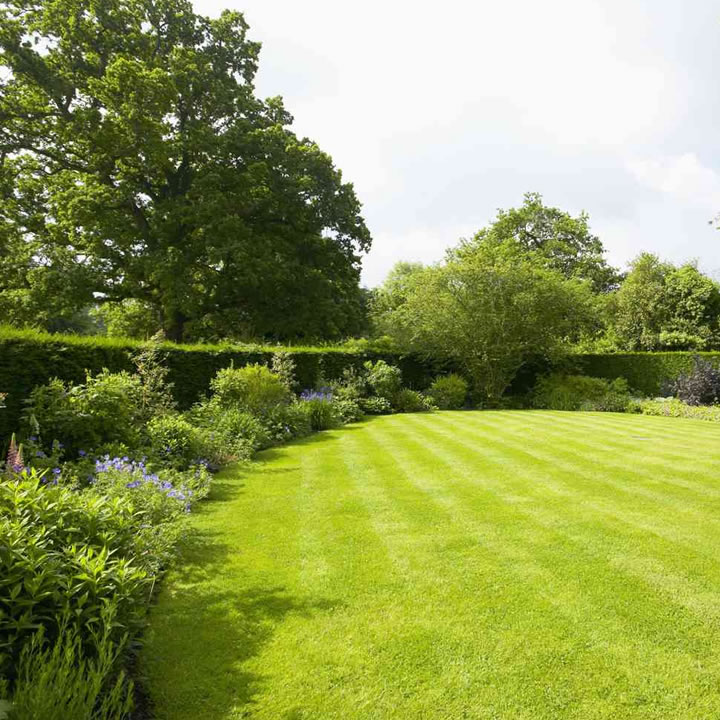Creating a beautiful, lush lawn in shady areas can be a challenge, but with the right shade-tolerant turf and expert guidance, you can transform even the most shadowy corners of your garden into a verdant retreat.
In this blog post, we’ll explore the essentials of laying shade-tolerant turf, sharing professional tips that will help you achieve a thriving lawn even in the most challenging conditions.
Selecting the Right Turf
The key to a successful lawn in shady areas is choosing the right turf variety that can thrive in limited sunlight.
Shade-tolerant turf varieties, such as fine fescue and certain types of ryegrass, are specifically designed to grow well in low-light conditions, making them the perfect solution for your shaded lawn.
Preparing Ground for New Turf
Proper ground preparation is essential to ensure your shade-tolerant turf establishes and grows healthily.
Here’s what professionals recommend:
- Clear the area of existing grass, weeds, and debris using a garden rake and shovel.
- Assess and address any drainage issues using a garden fork or rotavator.
- Loosen the top 15-20 cm of soil and add quality topsoil and pre-turfing fertilizer using a wheelbarrow, rake, and shovel.
- Level and firm the ground to create a fine, even seedbed using a lawn roller or tamper.
- Installing your shade-tolerant turf
Laying Turf Like a Pro
Professional turf layers use precise techniques and the right tools to ensure seamless installation and promote even growth.
Start laying turf along the longest straight edge of your garden using a string line for guidance. After you have rolled your first run, make sure to use scaffold boards or a sheet of ply that will distribute your weight evenly.
This will prevent big footprints in your new grass.
Stagger the turf rolls in a brick-like pattern, carefully butting each roll against the next to prevent gaps. Use a turf cutter or a sharp knife to trim excess turf around edges and obstacles.
A top tip from a lawn installer is to unroll the turf the same way you go one way, and then come back on yourself on the way back. This will give a nice effect when it’s all newly laid.
Mowing and Maintenance Tips for New Turf
Proper mowing and maintenance practices will help your shade-tolerant turf thrive in low-light conditions. Firstly, it is really important to wait 2-4 weeks before mowing your new lawn, ensuring the turf has firmly rooted itself in the soil.
When you do get to mowing, mow at a higher setting than you would for sun-loving turf varieties, as longer grass blades can capture more sunlight for photosynthesis. Aerate and oversee your shade-tolerant lawn annually to promote healthy growth and prevent thinning.
The Importance of Correct Watering Practices
Newly turfed areas often require different watering techniques depending on if they’re in full sun or shady areas. Shaded lawns are often perceived as needing less water due to less sunlight and evaporation, but that’s not always the case.
Dense tree canopies can divert rainfall from lawns beneath, causing the ground to dry out. Furthermore, the competition for moisture from the roots of large trees or bushes can often leave the shaded lawn parched.
Whatever the conditions, you should water deeply and infrequently to encourage deep root growth.
Watering should be done in the morning to reduce water loss to evaporation and to help prevent the growth of fungi and diseases which can occur from prolonged moisture during the night. Adjust watering based on rainfall and seasonal climate variations.
Follow This Guide For a Lush Green Lawn
By following this comprehensive guide and selecting the right shade-tolerant turf for your garden, you can enjoy a lush, green lawn even in the most shaded areas. With proper planning, preparation, and care, your shady lawn will become a thriving, inviting space that adds beauty and value to your property.

